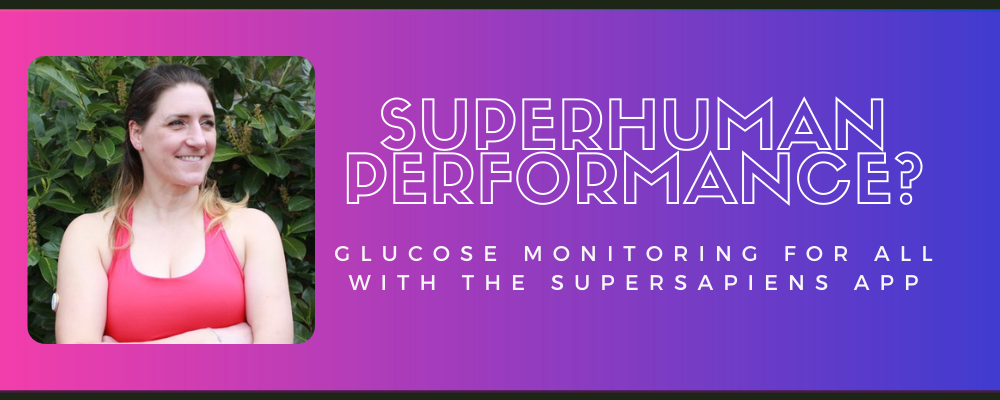
by | May 7, 2021 | clothes, product review, sponsored post
When I saw that my blood sugar could be monitored in real time using the Supersapiens app and an Abbott blood glucose sensor, I thought it was the coolest thing since sliced bread (Facebook advert algorithms work!). As a scientist, anything that provides data on my...
by Admin User | Apr 4, 2019 | health, sponsored post
Pink ribbons raise breast cancer awarenessDid you know that one in eight women in the UK will be diagnosed with breast cancer? It is something that touches the lives of so many people, I felt it was important to write a blog post about my experience with the...
by | Apr 4, 2019 | health, sponsored post
Pink ribbons raise breast cancer awarenessDid you know that one in eight women in the UK will be diagnosed with breast cancer? It is something that touches the lives of so many people, I felt it was important to write a blog post about my experience with the...
by Admin User | Mar 1, 2019 | race review, running, sponsored post, travel, WMM
Completing all six Abbott World Marathon Majors (WMM) has been my goal since 2016. I have been lucky enough to win ballot entries with Berlin and Chicago. For London, I obtained a charity place from Plantlife. With the WMM increasing in popularity,...
by | Mar 1, 2019 | race review, running, sponsored post, travel, WMM
Completing all six Abbott World Marathon Majors (WMM) has been my goal since 2016. I have been lucky enough to win ballot entries with Berlin and Chicago. For London, I obtained a charity place from Plantlife. With the WMM increasing in popularity,...
by Admin User | Feb 21, 2019 | race review, running, sponsored post, travel
Photo by Ben TufnellI never thought I would complete a race that was longer than a marathon. (In face it wasn’t too long ago that I thought I would never run a marathon). Rather than do things half-ass, I decided my first ultra should be...


